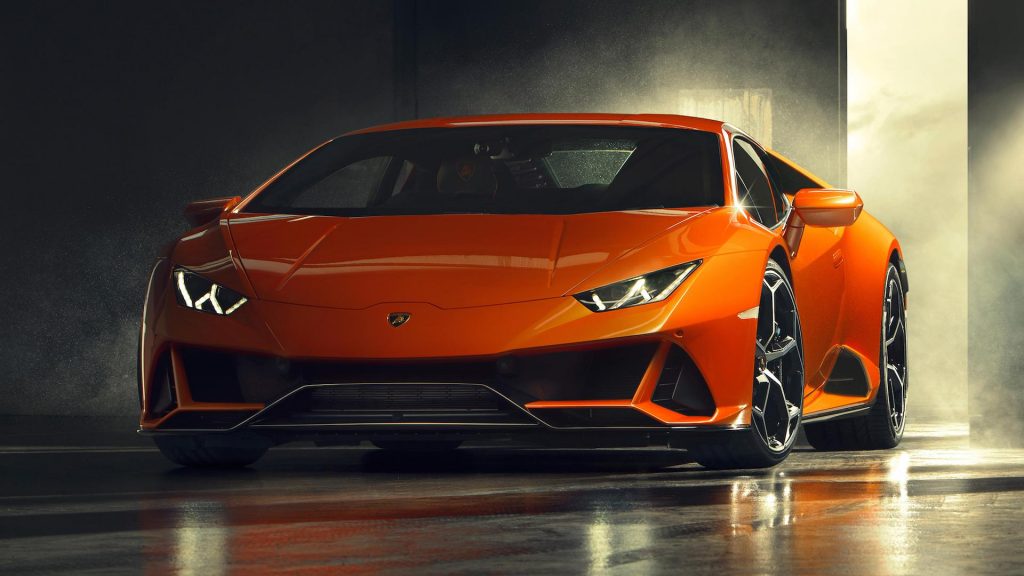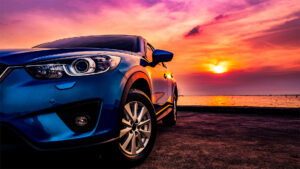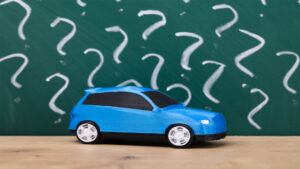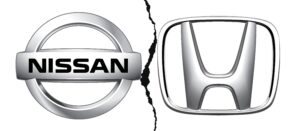Why Do Modern Cars Look Mean and Angry?

Have you ever looked in your rear-view mirror, seen a mean-looking machine right behind you, and thought “I should probably move out of the way”?
It has been a running theme for many modern cars and trucks to look mean, aggressive, and angry. From the intimidating grille of the Ford F-150 Raptor to the snake-like face of the Lamborghini Huracán to the square, muscular face of the Dodge Challenger, cars that appear to give off negative human emotions is very popular amongst buyers.
Much like clothes and pets, one’s car is a means of personal expression. Known as “pareidolia”, this is a human tendency for perception to attach a meaningful interpretation to an object. Some drivers like to express a sense of strength and power with a pickup truck or muscle car. Others prefer something more cute and approachable like a VW Beetle or a Mini Cooper.
According to a study by Live Science, a majority of participants preferred cars that “appear dominant, masculine and angry.” Automakers have taken the results of similar studies in the development and design of cars that will attract many prospective buyers.
As an example, many automakers use specimens from the animal kingdom to draw inspiration for vehicles that symbolize power and strength like bears and buffalo.
Of course, this can also work against automakers if their cars look too mean and scary. So much that it can turn them away towards something that looks happy and friendly like the Jaguar E-Type.
So one’s choice in a personal vehicle is more psychological than first thought. This is evident with many self-driving vehicles looking happy instead of angry because an aggressive-looking self-driving car could suggest a sense of unease and anxiety because passengers would be entrusting their lives to a machine that appears powerful.
Of course, mean and aggressive-looking cars are still the top choice amongst buyers. So if you want to ride around in a vehicle that shows off your inner badass, there are plenty of options to choose from.
Want to read more articles like this?
Join the PowerNation Email NewsletterRead More from PowerNation
- Chapters
- descriptions off, selected
- captions off, selected
- default, selected
This is a modal window.








